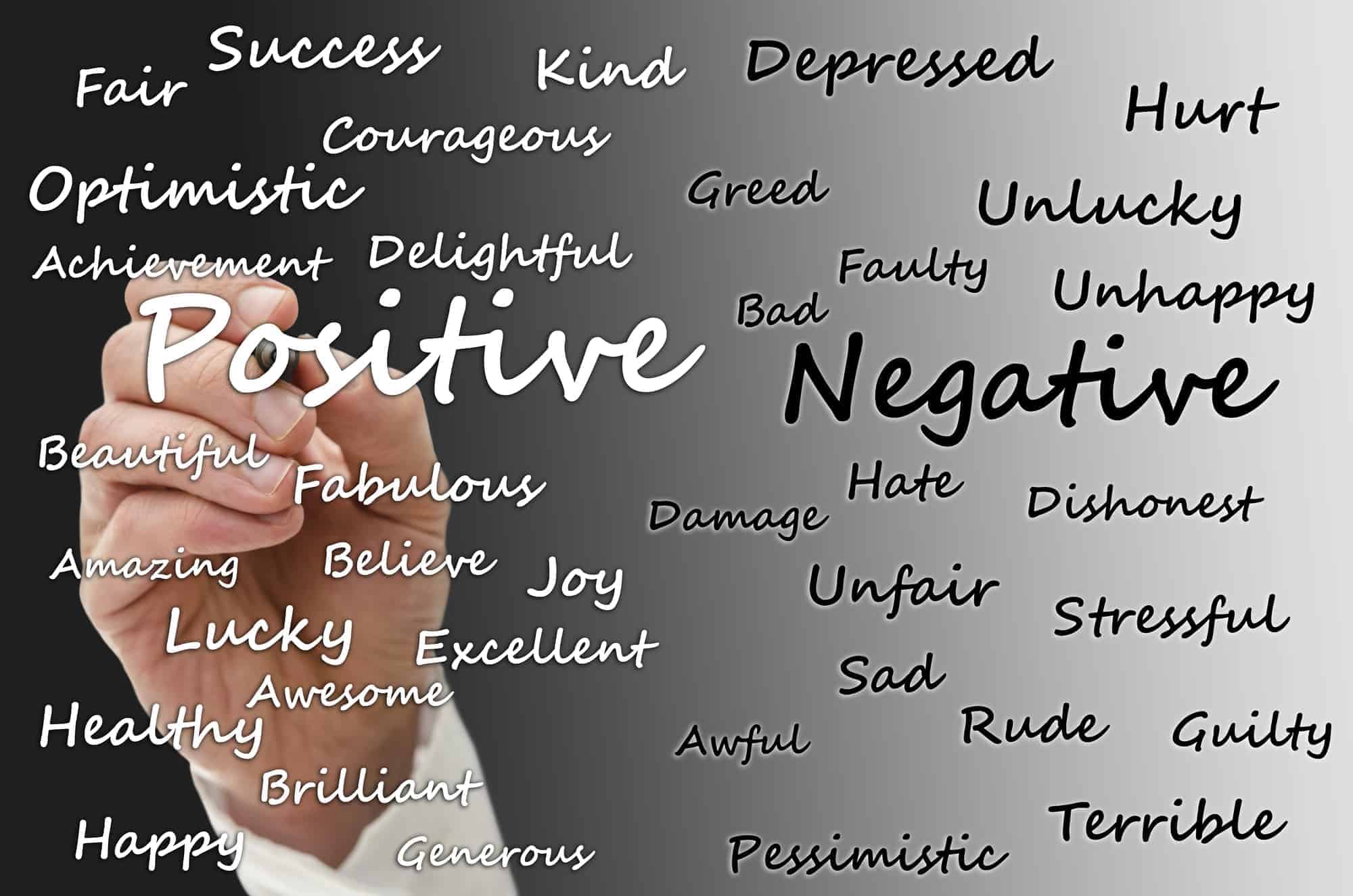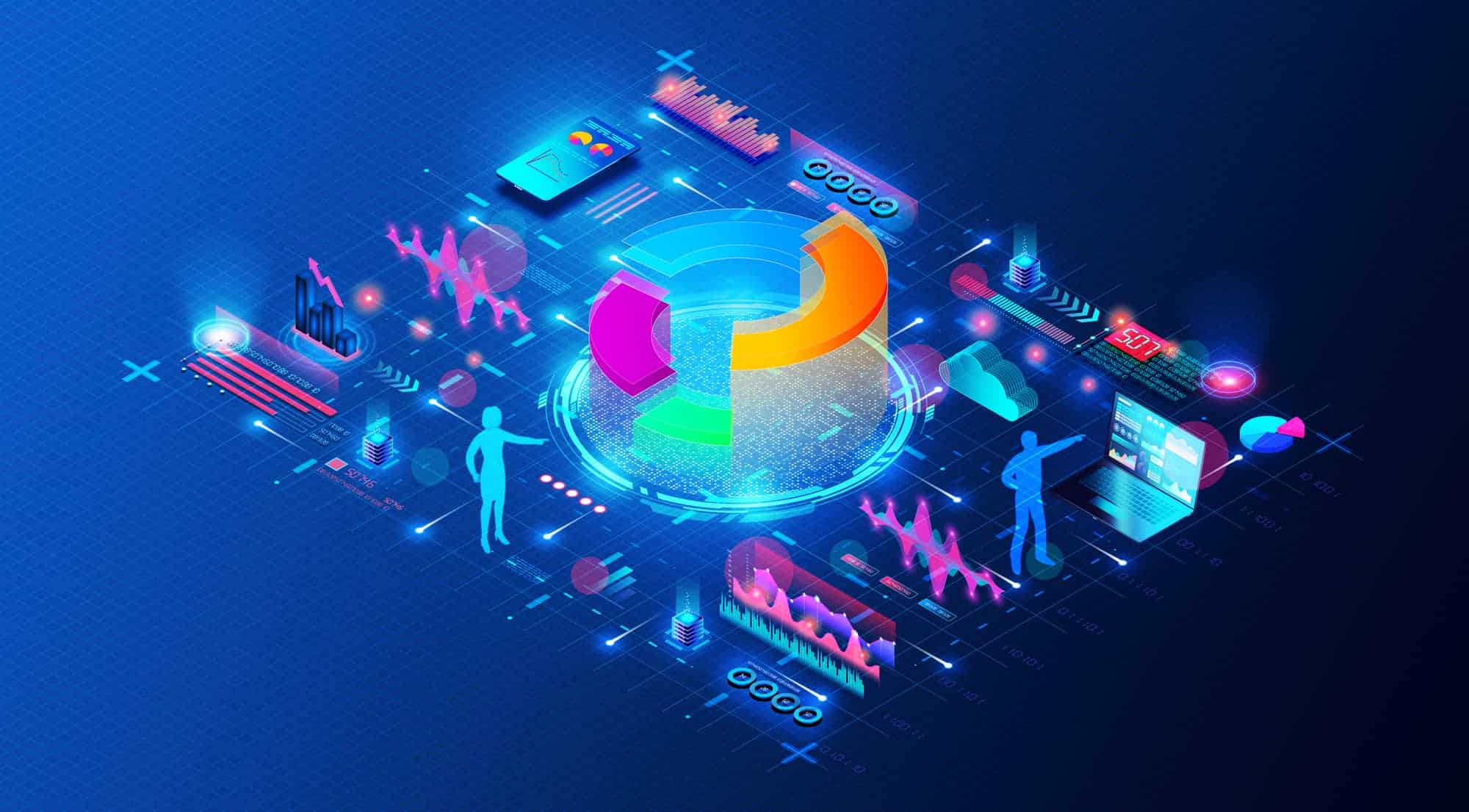Databases are like vast digital libraries, not just storing data but making it easily retrievable and meaningful. At the heart of this digital revolution are two main characters: Graph and Relational databases. But what really sets them apart?
Graph Databases: A Web of Connections
Imagine a web, where each strand represents a relationship. That’s the essence of a graph database. It’s designed to treat the relationships between data as equally important as the data itself. No more rows and columns; instead, data is stored in nodes and edges, each representing entities and the connections between them. It’s like a social network map, but for data.
Relational Databases: The Structured Classic
Relational databases are like well-organized file cabinets. They store data in tables, which can be thought of as spreadsheets, with rows for records and columns for attributes. This structure, based on the SQL language, is excellent for handling large amounts of structured data. It’s the traditional approach, tried and tested over decades.
Historical Development and Evolution

The journey of database technology is a tale of evolving needs and innovation. Relational databases, introduced in the 1970s, were a breakthrough, bringing order and efficiency to data storage. Pioneered by E.F. Codd at IBM, they revolutionized how organizations managed data.
Graph Databases: The New Kid on the Block
Fast forward to the early 2000s, graph databases began to emerge. They were born out of the need to understand and leverage complex relationships in data – something traditional relational databases struggled with. The rise of social media, network analysis, and big data propelled graph databases into the limelight.
A Case Study: Social Networking
Take Facebook, for example. With billions of users and connections, a relational database could store this data, but querying relationships (like finding friends of friends) could be slow and complex. Enter graph databases, where such queries are not just faster but also more natural due to their structure.
Stats Speak Louder: The Growth Story
According to a report by Gartner, by 2025, graph databases are expected to be used in 80% of data and analytics innovations, up from 10% in 2021, signifying a seismic shift in the industry.
Transitioning Through Time
The evolution from relational to graph databases mirrors our changing world: from structured, predictable environments to dynamic, interconnected systems. As we move forward, the question isn’t just about choosing between the two; it’s about understanding which one aligns best with our data needs.
Core Differences: Graph Database vs Relational Database
Diving into the world of databases, it’s like stepping into two different cities. In one, you have Graph databases, akin to a network of interconnected roads and intersections. Each ‘intersection’ (node) represents an entity, and the roads (edges) symbolize the relationships between them. This structure shines in mapping complex, intertwined relationships – imagine trying to sketch your family tree or a social network.
On the other side, we have the orderly world of Relational databases. Think of it as a grid of buildings (tables), each neatly aligned and categorized. Data here is organized in rows and columns, like files in a cabinet. It’s all about order and structured queries.
Real-World Example: E-Commerce Platforms
Consider an e-commerce platform. In a relational database, customer data, order history, and product details might live in separate tables, linked by IDs. In a graph database, however, each customer, order, and product is a node, directly connected to relevant nodes, offering a more intuitive view of the data relationships.
Query Language Showdown: Cypher vs SQL
Speaking of databases is like discussing languages. SQL (Structured Query Language) is the lingua franca of relational databases – it’s like English in the business world, widely used and universally understood. It’s designed for precise, structured data operations. But with precision comes complexity, especially when dealing with multifaceted data relationships.
Enter Cypher, the language of graph databases. It’s like a poet’s language, more fluid and expressive for mapping relationships. Cypher allows you to ‘traverse’ the database, hopping from node to node, making it inherently suited for complex queries that would be cumbersome in SQL.
A Peek into Syntax and Usability
- SQL:
SELECT * FROM Customers WHERE Country='Germany';- This query fetches all customers from Germany. Simple and straightforward, right?
- Cypher:
MATCH (c:Customer)-[:PURCHASED]->(p:Product) RETURN c, p;- Here, we’re retrieving all customers and the products they purchased. It’s like saying, “Show me the customers and their shopping journey.”
Did You Know?
According to a survey by Stack Overflow in 2021, SQL was among the top 5 most commonly used languages by professional developers. This highlights its widespread adoption and familiarity in the data world.
SQL vs Cypher: It’s Not a Battle, It’s a Choice
Choosing between SQL and Cypher isn’t about picking the ‘best’ language. It’s about aligning with your data’s nature. Do you value structure and precision over flexibility and relationship mapping? Your answer lies within this question.
Performance Analysis: Graph vs Relational Databases
When it comes to databases, speed isn’t just about fast; it’s about efficiency. How swiftly can the database process queries, especially when the data load is as heavy as a sumo wrestler?
Graph Databases: The Agile Sprinters
Graph databases excel in scenarios where relationships are key. Imagine a detective connecting the dots in a complex case; that’s a graph database navigating its interconnected nodes. They’re superb for queries that explore relationships, like finding the shortest path in a network or recommendations based on connections.
Relational Databases: The Marathon Runners
Relational databases, on the other hand, are the marathon runners. They maintain a steady pace in handling large volumes of structured data. Their strength lies in dealing with predictable, structured data sets – think of managing inventory for a retail giant.
Case in Point: Social Media Analytics
Consider a social media platform analyzing user connections. A graph database can quickly uncover insights into user behavior based on their connections, whereas a relational database might struggle with the same relational queries due to its row-and-column setup.
Scalability and Flexibility Challenges
As businesses grow, so does their data. The question is, can your database keep up without turning into a digital Godzilla?
Graph Databases: Scaling Horizontally with Ease
Graph databases are like the modern, flexible office spaces – they can expand (scale horizontally) by adding more nodes, making them ideal for businesses with evolving data relationships and structures. This flexibility is a boon for industries like e-commerce, where customer preferences and relationships are constantly changing.
Relational Databases: Robust but Rigid
Relational databases, with their structured nature, scale vertically (think of adding more floors to a building). While they’re robust and can handle huge volumes of data, they might not be as nimble in adapting to changes as graph databases.
A Stat to Ponder
A report by IBM notes that the total amount of data worldwide is expected to reach 175 zettabytes by 2025. With such an explosion of data, choosing a database that can scale effectively is more crucial than ever.
Practical Applications and Use Cases
Ever wondered how social media platforms seem to know exactly whom you might know or what you’d like to watch next? Welcome to the world of graph databases, where connections are king.
- Social Networking: Platforms like Facebook and LinkedIn use graph databases to map and analyze complex user relationships. It’s about understanding who knows whom and how they interact.
- Fraud Detection: Financial institutions leverage graph databases to uncover patterns that indicate fraudulent activity. By mapping transaction networks, they can spot unusual patterns faster and more effectively.
A Real-World Example
Consider LinkedIn’s “People You May Know” feature. It’s not just about who you’re connected to; it’s about the relationships between your connections, their connections, and so on. This intricate web of connections is a classic graph database scenario, where relational databases might struggle to keep up.
When to Opt for Relational Databases
Relational databases are like the librarians of the data world – they excel in organizing and managing structured data with precision.
- E-commerce Platforms: Online stores rely on relational databases to manage inventory, track orders, and process transactions. The structured format is ideal for handling defined data like product listings and customer information.
- Healthcare Systems: Hospitals and clinics use relational databases to manage patient records, appointments, and medical histories. The structured nature ensures data is organized and easily accessible.
A Glimpse into the Business World
Think of Amazon’s vast product catalog. It’s a classic example of how relational databases manage large volumes of structured data. Each product, with its specifications and prices, fits neatly into rows and columns, making data management a breeze.
Making the Right Choice: Decision Factors

Choosing the right database is like picking a new office location; it needs to suit your business needs both now and in the future. So, what should you consider?
- Nature of Your Data: Is your data more relationship-heavy or structured? Graph databases thrive on interconnected data, while relational databases excel with structured data.
- Query Complexity: Do you often need to perform complex queries involving multiple data relationships? If yes, graph databases might be your ally.
- Data Volume and Growth: Consider not just the amount of data but how it’s expected to grow. Relational databases are typically more robust for handling vast amounts of structured data.
A Note on Use Cases
Imagine you’re running an online retail store. Your primary concern? Managing a large inventory and processing transactions (hello, relational databases!). But if you’re developing a recommendation engine, the interconnected nature of graph databases could be more beneficial.
Future-Proofing Your Database Selection
The tech world is ever-evolving, and so are databases. How do you choose a database that won’t be outdated faster than your smartphone?
- Adaptability to Changing Needs: As your business evolves, can your database keep up? Graph databases offer more flexibility with changing data relationships.
- Integration Capabilities: How well does the database integrate with other technologies? This is crucial for future expansion and integration.
- Keeping Up with Trends: Stay informed about emerging trends. For instance, the rise of AI and big data analytics is shaping the future of database technologies.
The Future in Numbers
According to a report by MarketsandMarkets, the global graph database market size is expected to grow from $1.0 billion in 2019 to $2.9 billion by 2024. This trend underscores the increasing importance of graph databases in the future data landscape.
Integrating Graph Databases with Existing Relational Systems
Incorporating graph databases into existing relational systems isn’t just about mixing ingredients; it’s about creating a new recipe that brings out the best flavors of both. But how do you do it?
- Identify Integration Points: Start by pinpointing where the relational and graph databases can complement each other. For instance, using a graph database to manage complex relationships in customer data while retaining transactional data in a relational database.
- Data Synchronization: Ensure consistent data flow between the two systems. This might involve using middleware or custom synchronization scripts.
- Balancing Performance and Complexity: Consider the performance trade-offs. Integrating two systems means balancing the complexity of maintaining them with the performance benefits they offer.
A Tech Tip
Middleware tools like Apache Kafka can be a bridge between graph and relational databases, facilitating real-time data synchronization.
Real-World Integration Case Studies
Real-world examples offer invaluable insights into the practicalities of integrating graph and relational databases.
- Case Study: A Major Bank’s Fraud Detection System
- By combining a relational database’s transactional data handling with a graph database’s relationship analysis, the bank enhanced its fraud detection capabilities.
- The result? A 25% reduction in fraud cases within the first six months of implementation.
- Case Study: E-commerce Personalization
- An online retailer integrated a graph database with its existing relational system to enhance customer experience through personalized recommendations.
- This integration led to a 15% increase in customer engagement and a 10% rise in sales.
A Stat Worth Noting
According to a survey by Forrester, 51% of data and analytics decision-makers are implementing, have implemented, or are expanding their use of graph databases, highlighting the growing trend of database integration.
Advanced Technical Considerations in Database Selection

In the realm of databases, security isn’t just a feature; it’s a necessity. Whether you choose graph or relational databases, understanding their security landscape is crucial.
- Graph Database Security: Due to their interconnected nature, graph databases pose unique security challenges. It’s vital to control access to sensitive relationship data. Implementing role-based access control and encryption of sensitive data points are key practices.
- Relational Database Security: Traditional but no less important, relational databases require robust security measures like SQL injection prevention, data encryption, and regular security audits.
- Common Ground: Regardless of the type, regular updates, secure backup strategies, and adherence to compliance standards like GDPR are non-negotiable for both database types.
A Cautionary Tale
Remember the 2017 Equifax breach? It underscored the importance of robust database security. An unpatched vulnerability in a database led to the exposure of personal data of millions. This incident highlights the need for stringent security measures and regular updates.
Leveraging AI and Machine Learning
Artificial Intelligence (AI) and Machine Learning (ML) are not just buzzwords; they’re revolutionizing how we interact with databases.
- AI in Graph Databases: AI algorithms can traverse through graph databases, uncovering patterns and insights that might be invisible to the human eye. For instance, AI-driven graph analytics can enhance fraud detection systems by identifying unusual patterns.
- ML in Relational Databases: Relational databases can benefit from ML in predictive analytics, like forecasting sales trends or customer behavior. The structured nature of relational databases makes them ideal for feeding data into ML models.
Case in Point: Netflix’s Recommendation Engine
Netflix’s recommendation system is a stellar example of leveraging AI and ML with databases. By analyzing vast amounts of data from their relational databases, coupled with AI algorithms, Netflix provides personalized content recommendations, significantly enhancing user experience.
Addressing Common Misconceptions and FAQs
In the digital age, myths about database technologies are as common as cat videos on the internet. Let’s set the record straight.
- Myth 1: Graph Databases are Just for Social Networks: While graph databases shine in social network analysis, their applications are far more diverse, ranging from fraud detection to recommendation systems.
- Myth 2: Relational Databases Can’t Handle Complex Relationships: Relational databases might not be as adept as graph databases in handling complex relationships, but with proper design and indexing, they can effectively manage complex queries.
- Myth 3: Graph Databases are Replacing Relational Databases: It’s not about replacement; it’s about choosing the right tool for the right job. Both have their unique strengths and applications.
A Little Fun Fact
Did you know that the term “SQL” is often pronounced as “sequel”? It stands for Structured Query Language and has been a staple in database management since the 1970s!
Expert Answers to Frequent Queries
Navigating the world of databases can be like trying to solve a Rubik’s Cube – challenging but not impossible. Let’s tackle some common questions.
- Q: When should I use a graph database over a relational database?
- A: Opt for a graph database when dealing with highly interconnected data or when your queries are relationship-heavy, like in network analysis or complex hierarchy mapping.
- Q: Can relational databases scale as well as graph databases?
- A: Yes, relational databases can scale efficiently, especially vertically. However, graph databases offer more flexibility in horizontal scaling, which is advantageous in handling interconnected data.
- Q: Are graph databases more difficult to learn than relational databases?
- A: It depends on your background. If you’re familiar with SQL, there might be a learning curve with graph query languages like Cypher. However, the fundamental concepts of data relationships are intuitive in graph databases.
Did You Catch That?
According to a survey by Database Trends and Applications, over 60% of respondents indicated that they are exploring or already using graph databases, signifying a growing interest in understanding and leveraging their capabilities.
Looking Ahead: The Future of Database Technology
As we peer into the crystal ball of graph databases, it’s clear that innovation isn’t slowing down. Let’s explore what’s on the horizon.
- Enhanced AI Integration: The fusion of AI with graph databases is creating smarter, more intuitive systems. Imagine databases that not only store data but also learn from it, predicting trends and behaviors.
- Real-time Data Processing: The future of graph databases lies in real-time data analysis. This means faster insights into complex networks, from social media trends to supply chain logistics.
- Increased Accessibility and User-Friendliness: As graph databases become more mainstream, expect to see more user-friendly interfaces and tools, making them accessible to a broader audience.
A Glimpse into Tomorrow
With advancements like graph analytics and AI, the potential for graph databases is immense. Companies could predict market trends or understand customer behavior like never before.
Evolutionary Path of Relational Databases
Relational databases are not relics of the past; they’re evolving, adapting to new challenges and opportunities.
- Cloud Integration and Database-as-a-Service (DBaaS): The shift towards cloud services is transforming relational databases. DBaaS offers flexibility, scalability, and cost-effectiveness, appealing to businesses of all sizes.
- Enhanced Performance and Scalability: Continuous improvements in processing speed and efficiency are keeping relational databases competitive. They’re becoming faster and more capable of handling larger data sets.
- Advancements in Data Security: As cybersecurity threats evolve, so do the security features of relational databases. Expect more robust encryption and advanced access controls.
Did You Know?
According to a report by Gartner, by 2022, 75% of all databases will be deployed or migrated to a cloud platform, with only 5% ever considered for repatriation to on-premises. This trend signifies a massive shift towards cloud-based solutions in database technology.
Conclusion: Synthesizing Insights and Recommendations
As we wrap up our journey through the intricate world of databases, let’s revisit some key insights:
- Graph vs. Relational: Remember, graph databases excel in handling interconnected data and complex relationships, while relational databases are champions in managing structured data efficiently.
- Performance and Scalability: Each database type has its strengths—graph databases offer flexibility in scaling and relationship queries, while relational databases provide robust performance for large volumes of structured data.
- Future Trends: The future is bright for both database types, with graph databases leaning towards AI and real-time processing, and relational databases focusing on cloud integration and enhanced security.
A Quick Stat Recap
According to IBM, by 2025, the world’s data volume is expected to reach 175 zettabytes. This staggering figure underscores the growing importance of choosing the right database for your needs.
Guiding Towards Informed Database Decisions
Choosing a database isn’t just a technical decision; it’s a strategic one that impacts your business’s future. Here’s what to keep in mind:
- Assess Your Data Needs: Are your data relationships complex? Do you require fast, efficient processing of structured data? Your answers will guide your choice.
- Consider Future Growth: Select a database that not only meets your current needs but also aligns with your future growth plans and technological advancements.
- Don’t Forget Security: Regardless of the type, prioritize data security. It’s not just about protecting data; it’s about safeguarding your business’s integrity.
Final Thoughts
Choosing between graph and relational databases is akin to selecting the right tool for a job. It’s about understanding your unique data needs and how they align with the capabilities of each database type. Remember, the best choice is the one that propels your business towards growth and innovation.
